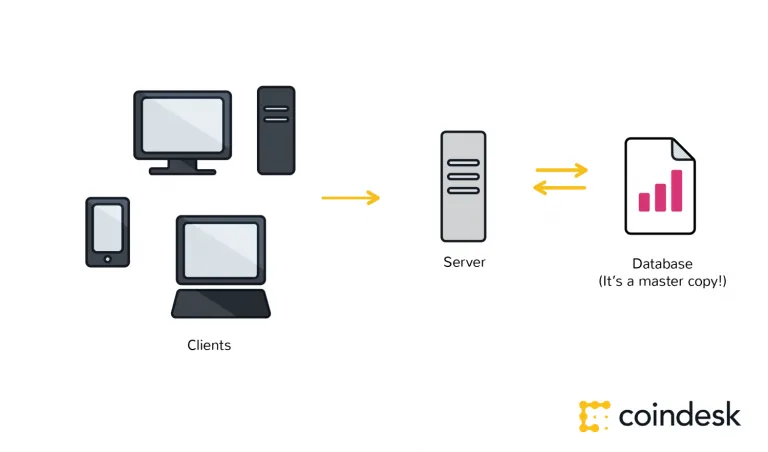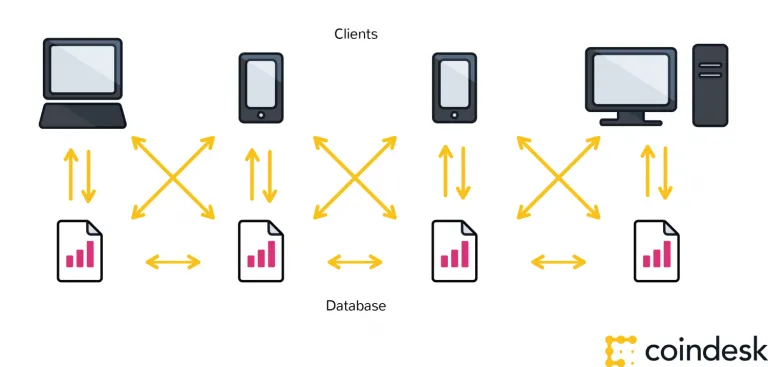"The practical consequence […is…] for the first time, a way for one Internet user to transfer a unique piece of digital property to another Internet user, such that the transfer is guaranteed to be safe and secure, everyone knows that the transfer has taken place, and nobody can challenge the legitimacy of the transfer. The consequences of this breakthrough are hard to overstate."
- Marc Andreessen
From a cruising altitude, a blockchain might not look that different from things you're familiar with, say Wikipedia.
With a blockchain, many people can write entries into a record of information, and a community of users can control how the record of information is amended and updated. Likewise, Wikipedia entries are not the product of a single publisher. No one person controls the information.
Descending to ground level, however, the differences that make blockchain technology unique become more clear. While both run on distributed networks (the internet), Wikipedia is built into the World Wide Web (WWW) using a client-server network model.
A user (client) with permissions associated with its account is able to change Wikipedia entries stored on a centralized server.
Whenever a user accesses the Wikipedia page, they will get the updated version of the 'master copy' of the Wikipedia entry. Control of the database remains with Wikipedia administrators allowing for access and permissions to be maintained by a central authority.

Wikipedia's digital backbone is similar to the highly protected and centralized databases that governments or banks or insurance companies keep today. Control of centralized databases rests with their owners, including the management of updates, access and protecting against cyber-threats.
The distributed database created by blockchain technology has a fundamentally different digital backbone. This is also the most distinct and important feature of blockchain technology.
Wikipedia's 'master copy' is edited on a server and all users see the new version. In the case of a blockchain, every node in the network is coming to the same conclusion, each updating the record independently, with the most popular record becoming the de-facto official record in lieu of there being a master copy.

Transactions are broadcast, and every node is creating their own updated version of events.
It is this difference that makes blockchain technology so useful – It represents an innovation in information registration and distribution that eliminates the need for a trusted party to facilitate digital relationships.
Yet, blockchain technology, for all its merits, is not a new technology.
Rather, it is a combination of proven technologies applied in a new way. It was the particular orchestration of three technologies (the Internet, private key cryptography and a protocol governing incentivization) that made bitcoin creator Satoshi Nakamoto's idea so useful.
The result is a system for digital interactions that does not need a trusted third party. The work of securing digital relationships is implicit — supplied by the elegant, simple, yet robust network architecture of blockchain technology itself.
You’re really working hard!
You got a 2.57% upvote from @emperorofnaps courtesy of @irabaylor!
Want to promote your posts too? Send 0.05+ SBD or STEEM to @emperorofnaps to receive a share of a full upvote every 2.4 hours...Then go relax and take a nap!
Hi! I am a robot. I just upvoted you! I found similar content that readers might be interested in:
https://www.coindesk.com/information/what-is-blockchain-technology/